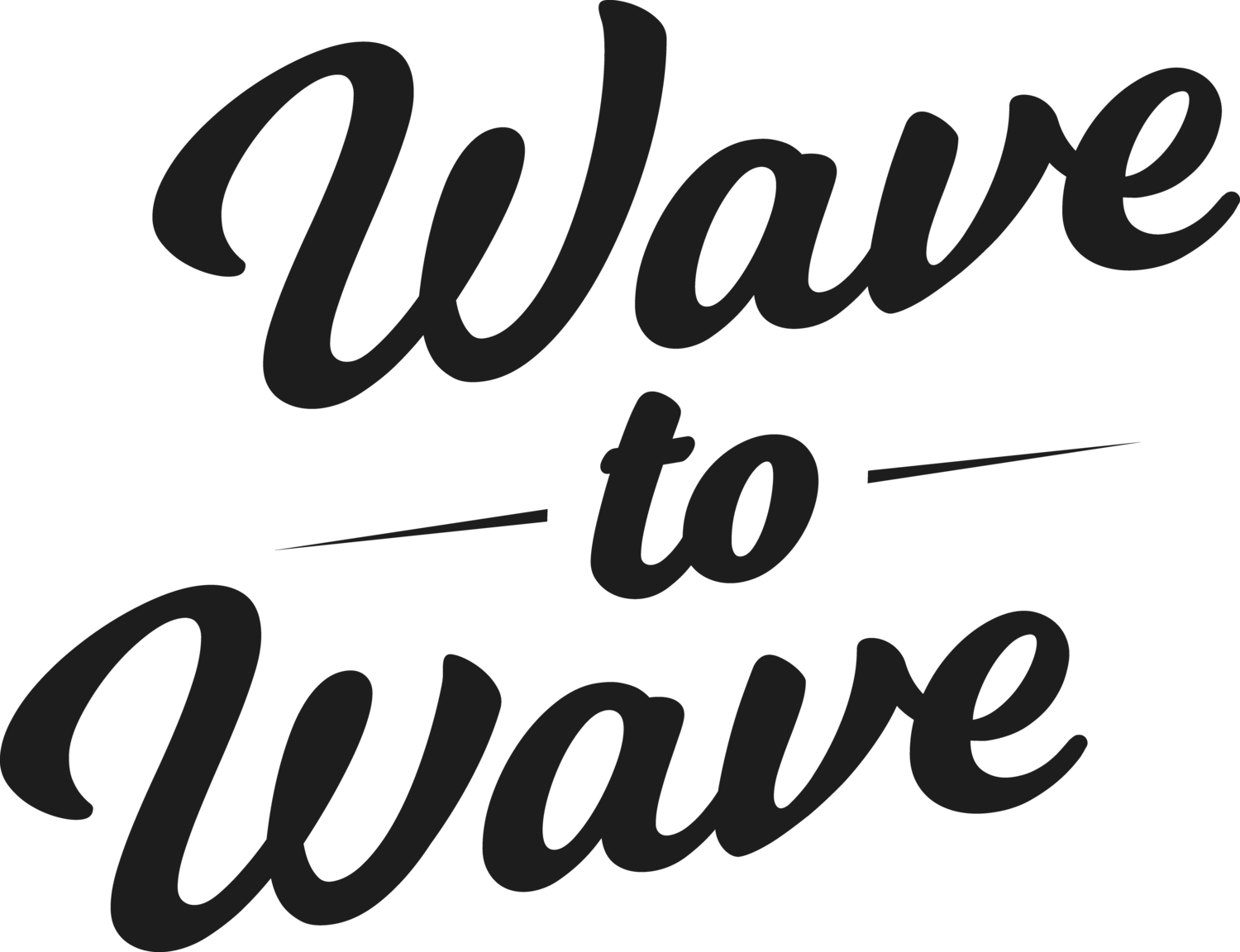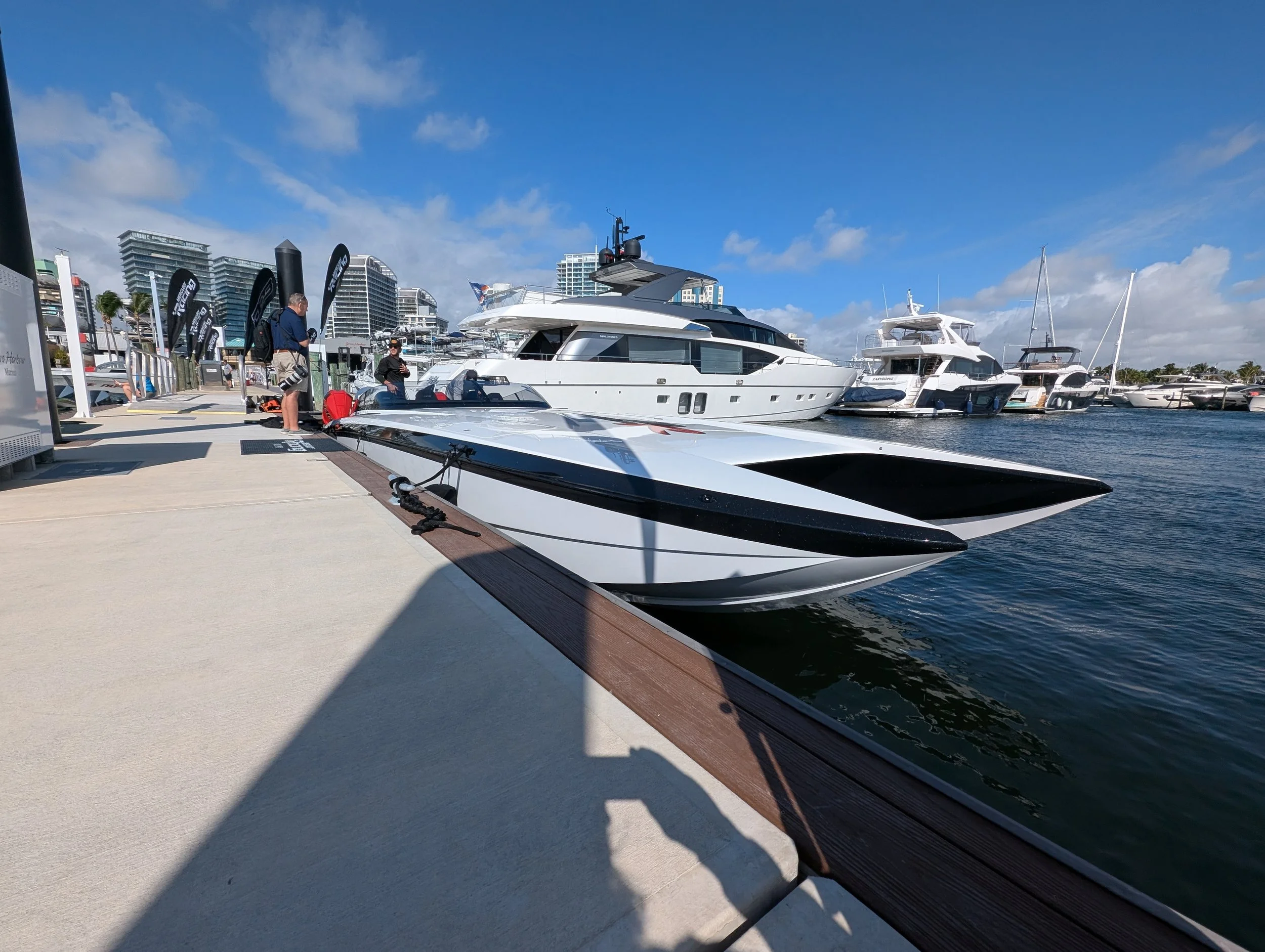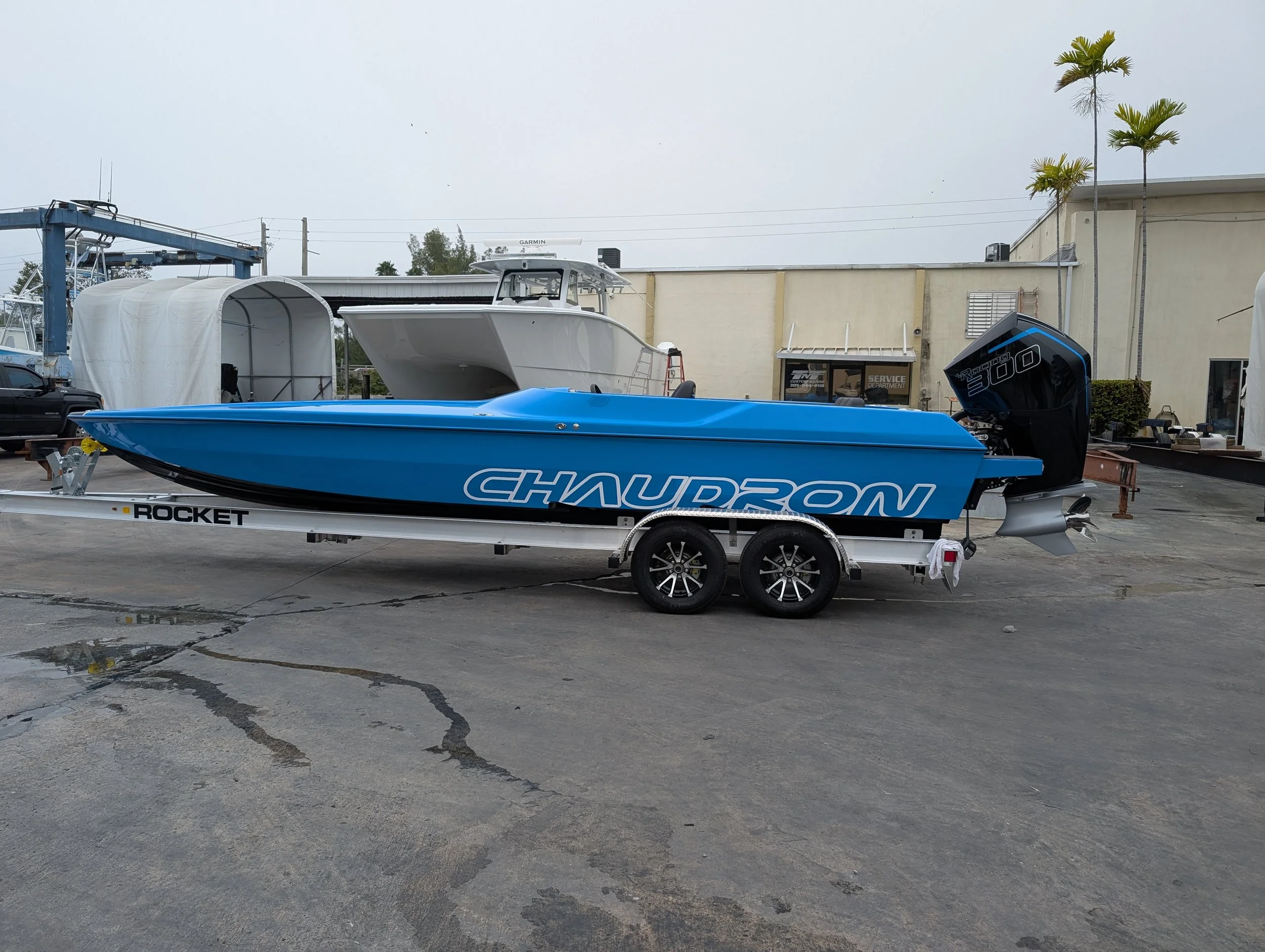Electric Steering for Outboards: New Steering Systems Take Boats in a New Direction
When it comes to high performance outboards, steering is a critical piece, maybe one of the most critical in respect to drivability and safety. And when it comes to more powerful outboards, we are seeing a shift from hydraulic systems to full electric. Right now hydraulic is very popular as is electric assist hydraulic, where a combination of an additional pump can be utilized, electronically to address steering torque and load. But the latest systems from Yamaha and Mercury, in conjunction with Dometic SeaStar, full electric systems from helm to stern are being ushered in and that is a good thing, here’s why.
For one, when it comes to high performance handling, steering is critical. You absolutely need to have the most precise steering possible. Effectively, a mechanical system, cable or pulley is going to be the most precise with the most feedback but they are impractical with today’s power and speed. Users want easy, consistent and precise all in one. Hydraulic side mount steering for single has been the go to for rigidity and durability over the years but it does mean the system in unbalanced, with the cylinder having to go further in one direction over the other, and now it’s getting harder to adapt plates that tie the steering system to the engine. Mercury Racing is no longer offering the side steer wing plate on a single 300R and never did on the 250R. Custom kits from steering manufacturers remain for older 3.0l and 2.5l Mercury, as well as Yamaha and other companies.
A side steering kit, with an Imco ram and Capilano helm was a heavy duty old school system that worked well.
Even thought side steering kits are solid, you need a robust helm and fundamentally you do have the drawbacks of hydraulics; namely that there is a little play in the system and you are relying on the system, if you lose a line or leak fluid, you have no steering. This is true for front mount systems, which are balanced with equal travel in either direction, and mount cleanly in front of the engine. Front mounts aren’t quite as robust as a side mount, primarily because the side mount ties into the back of the engine and the front of the clamp bracket creating a direct connection. With a front mount, the cylinder is tied directly to the tiller arm, relying on the single tiller bolt and movement can be experienced in the cylinder and in the engine mounts. Although with solid mounts and a good high performance hydraulic unit with locking keys it is fairly precise.
V10 Verados with the electric steering. Clean simple installation on any number of engines.
Here’s the advantage of the Optimus full electric system, the actuator contains a very precise scroll gear and the electric motor powers that for perfectly direct movement. There is no lag with the CanBus system directly from the helm. No hydraulic fluid, just crisp steering that you can adjust in the settings for feel. Dometic has introduced two new actuators in the Optimus line, the EA1300 and EA1400, that are focused on the performance bass market that are very much the same actuator as the original EA1000, with the settings dialed in for tighter steering and helm feedback. You get 3.5 turns lock to lock and no variation from different loads, meaning it’s consistent even at full throttle with extra torque on the system. The “performance” versions are the EA1300 for Mercury and the EA1400 (flipped plate) for mounting to Evinrude, Yamaha and Suzuki.
The Dometic EA1300 is focused on performance bass boats in general, it’s the same actuator as the 1000 with the settings changed slightly.
Other advantages are that rigging is very simple and clean, no hydraulic lines, no purging or leaks, just plug and play. Also, these systems are more efficient than the electro hydraulic combination systems because the hydraulic system takes more energy to operate as opposed to the smooth mechanical scroll gear. Of course you will need a helm, CanBus harnesses and connectors for the system and that will be around $5,000 for everything. Certainly more than a performance hydraulic front mount system, albeit with some advantages.
The internal scroll gear in the actuator.
We first saw a full eclectic system on the market with the Yamaha XTO designed by Dometic for that specific engine, essentially all outboards can be fitted with the universal Optimus steering systems, that also work with joy stick pilot systems. The cleaner simpler rigging is really nice. All new large HP engines now seem to be coming with electro hydraulic assist or full electric from the factory. This is the new way, technology like this is good when it makes the steering better as a driver and it’s safer. In a power failure event or other issue, the system can be mechanically turned, so getting home is possible.
Another neat system that Dometic offers for 115 to 200 HP outboards is the mechanical / electric system. This is interesting because you can retrofit a new eclectic actuator to your existing mechanical system where the cable is the input but the actuator moves the engine. The clear advantage here is you only need the actuator, and wire it, and because it’s connected to your cable steering, if it fails you still have full steering. This system is called the XPA1012P, and it is a electric assist that’s affordable and easy to install.
The traditional front mount hydraulic is the most common in 115 to 300 HP and for performance boats the SeaStar Pro like this in the picture, or the Uflex Silversteer 128 are quite good and cost effective. Could there be a move over to full electric for the price oriented performance consumer? I’m not sure yet.
I actually think a beefier version of the XPA for high performance use could really be interesting, where a cable is utilized but the larger EA1300 type actuator is implemented for higher horsepower, that way someone could get electric steering at a lower price point, and have the option of going full electric in the future by adding the helm and system.
Mercury Racing will be implementing the full electric option on all AMS equipped outboards. The days of side mount hydraulics are numbered, and we probably see full electric steering well absorbed in the market in a short time on new boats. Price is a factor but performance and safety are key. I like these systems, I have only operated the demo version at the boat show and I’m looking forward to testing a system on the water. The jury is out on how well it would work on a 90+ MPH single engine but I believe it should be good.
Mercury Racing will offer electric steering with the AMS equipped outboards. Seen here is a 500R AMS with a rear tie bar and hydraulic system on a MTI 440X.
Originally published September 28, 2023












